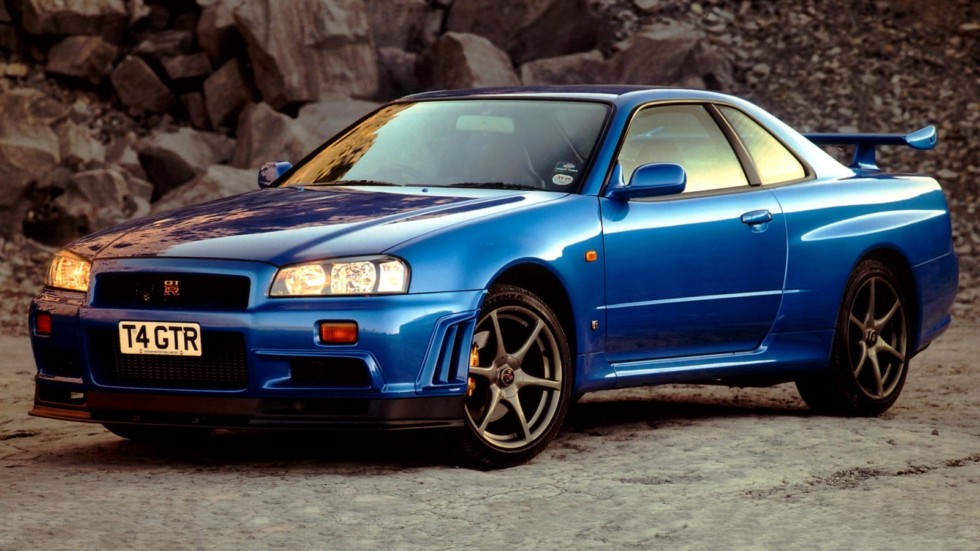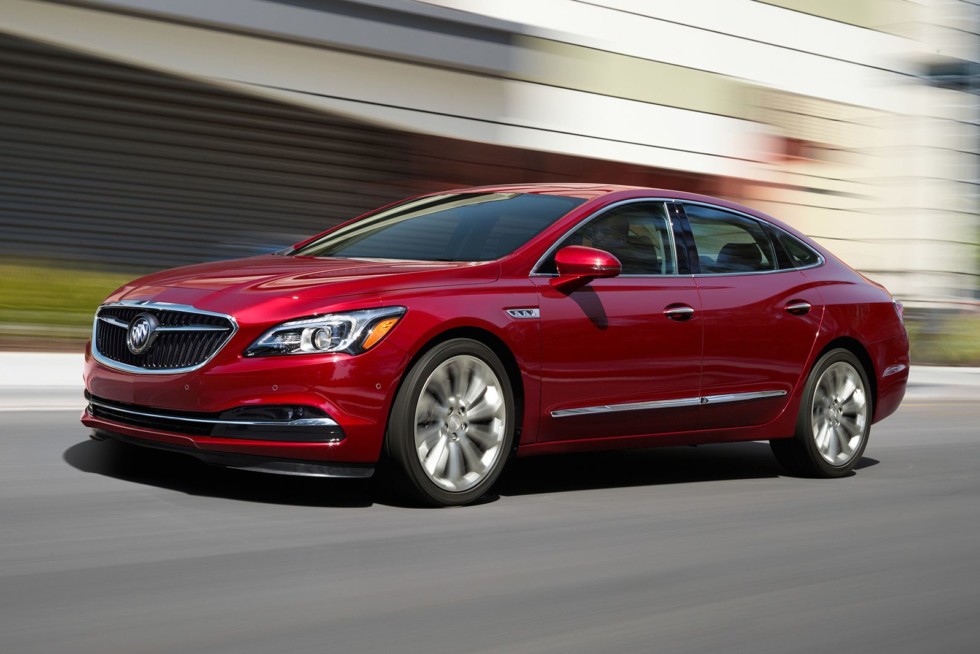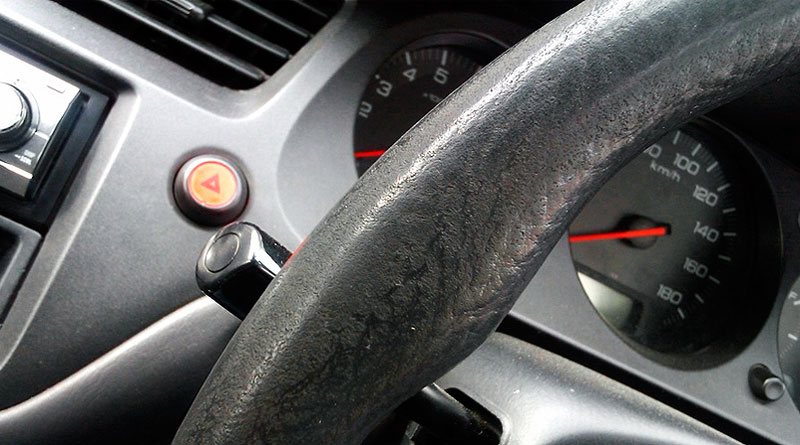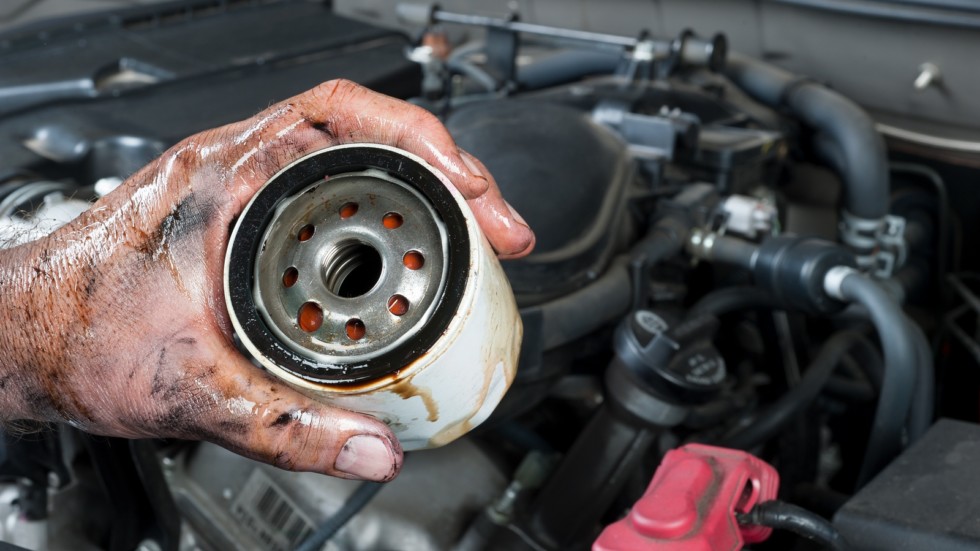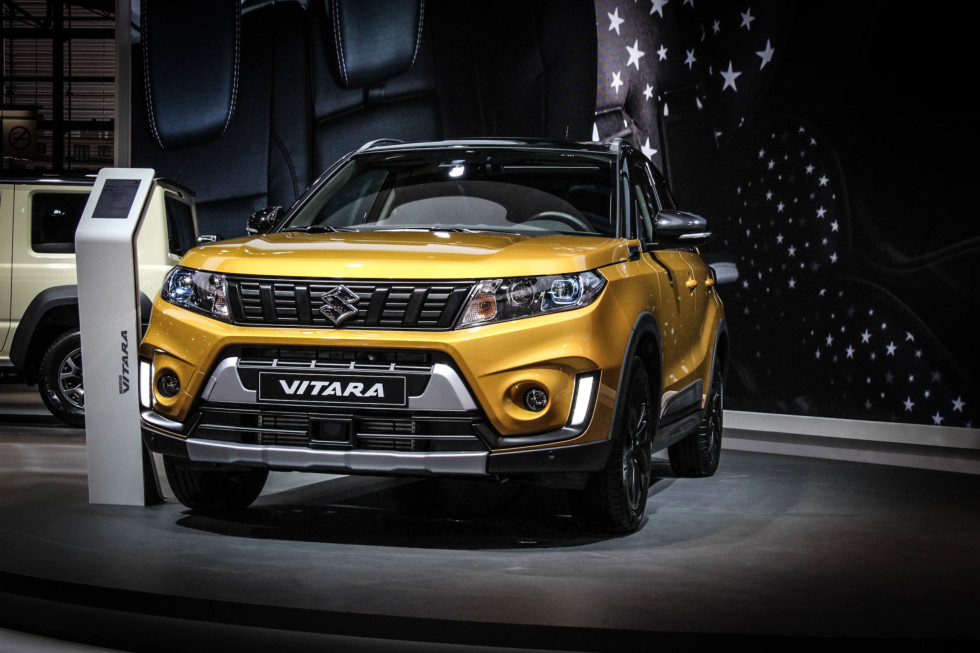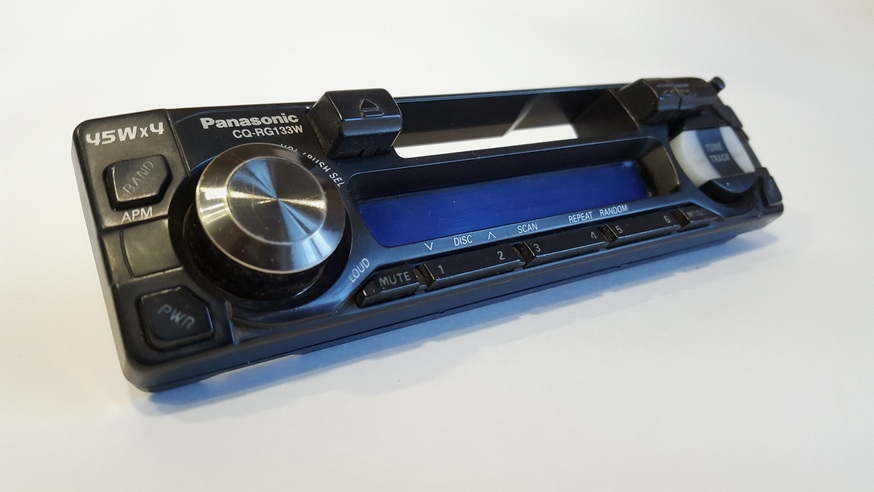Instead of “pruley”: how China wants to flood Asia and Africa with its used cars
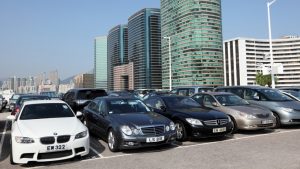 The sales of new cars in China are amazing: for comparison, in Russia last year 1.6 million cars were sold, and in China in September 2018 alone they were bought over 2 million. The total annual result in 2017 amounted to – just think about it – almost 29 million units! And given the pace of sales, even taking into account the “low base”, that is, an extremely low level of motorization of the country several years ago, the volume of the secondary market is also growing by leaps and bounds. And this means not only economic growth and a good purchasing power of the population, but also the emergence of new issues that simply did not arise earlier. And one of the main things – what to do with used cars?
The sales of new cars in China are amazing: for comparison, in Russia last year 1.6 million cars were sold, and in China in September 2018 alone they were bought over 2 million. The total annual result in 2017 amounted to – just think about it – almost 29 million units! And given the pace of sales, even taking into account the “low base”, that is, an extremely low level of motorization of the country several years ago, the volume of the secondary market is also growing by leaps and bounds. And this means not only economic growth and a good purchasing power of the population, but also the emergence of new issues that simply did not arise earlier. And one of the main things – what to do with used cars?
It would seem that the question is simple: given the volume of production, you can simply expand processing, sending old machines for scrap and remelting. However, the Chinese government, which is gradually refusing the status of the submissive “factory of the whole planet,” is aware that the large-scale processing of such a volume of cars will inevitably affect the environment, the issues of improvement in the country are now being taken very seriously.
Therefore, despite the seemingly irrational “outflow of recyclable materials,” the country’s leadership is listening to major players in the secondary market, who talk about the need to open official exports of used cars. One of these players is Xingyuan Automotive, a comprehensive business platform that operates in the field of sales of used cars and in related financial and insurance services: this company has become one of the main lobbyists of export clearance, planning, of course, to expand its business. outside the country.
By the way, speaking of the export of used cars from China, it should be understood that it is not only and not so much about cars of “home” brands, but also about those cars that are produced in joint ventures with foreign companies. FAW-Volkswagen, Beijing-Benz, Changan-Ford, Dongfeng-Honda, FAW-Toyota and many dozens of other joint ventures produce cars for both the domestic market and for export, therefore, not only Cherie will go “in second-hand”, Dongfans and Chanana, but also numerous Toyota, Volkswagen, Suzuki and Chevrolet.
Where will cars from China go?
However, the green light from the government alone is not enough for cars from China to flow like water. Yes, the Chinese business does not expect this: they are thoroughly preparing for the coming “opening of the border”. Well, who is equal in the export of used cars, if not the most successful and experienced exporters? Here, obviously, we are talking primarily about Japan, which we will talk about in more detail in a future publication.
In 2017, the country of the rising sun “presented” the world with 1.3 million cars from its secondary market. Against the background of the fact that the number of registrations of used cars for the same period was slightly less than 7 million, we can make a logical conclusion that exports account for a significant share in the secondary sales volumes. For comparison, in the USA, where the sales of new cars are disproportionately higher (more than 17 million units in 2017), and the number of registrations in the secondary market is huge (38.5 million), exports amounted to only 800 thousand cars. This can be explained both by the activity of the secondary market, where used cars are in high demand, and by the fact that a fairly large share of this market is a fairly old fleet with a very low export potential.
Undoubtedly, besides Japan and the USA, Europe is another largest exporter of cars. However, the situation is mixed here: a large share of the export of used cars from one country to another within the European Union, which makes it difficult to allocate exports outside of it in total volumes. But a high proportion of intra-European exports is confirmed by the fact that in the EU there is a clear tendency towards the division of the average age of the vehicle fleet. Thus, the average age of a passenger car park in all of Europe, which grew up to 323 million units last year, is 10.7 years, but, for example, for Luxembourg and Belgium, it is 6.2 and 7.7 years, respectively, and for Latvia and Lithuania – 16.3 and 16.7 years, which is even higher than in Russia, where the average age of the fleet, according to Autostat, is 13.1 years.
Another important factor that stimulates the Chinese to establish exports of “used” machines is the dynamics of sales in the primary market. Despite the tremendous strength of this market, sales on it do not grow steadily and consistently: in particular, in recent months, the increase in sales compared to last year has significantly subsided and fluctuates within 5%. Several different factors are blamed for this – including the recently legalized system of loans between individuals, due to the low level of organization of which many lenders have encountered.
